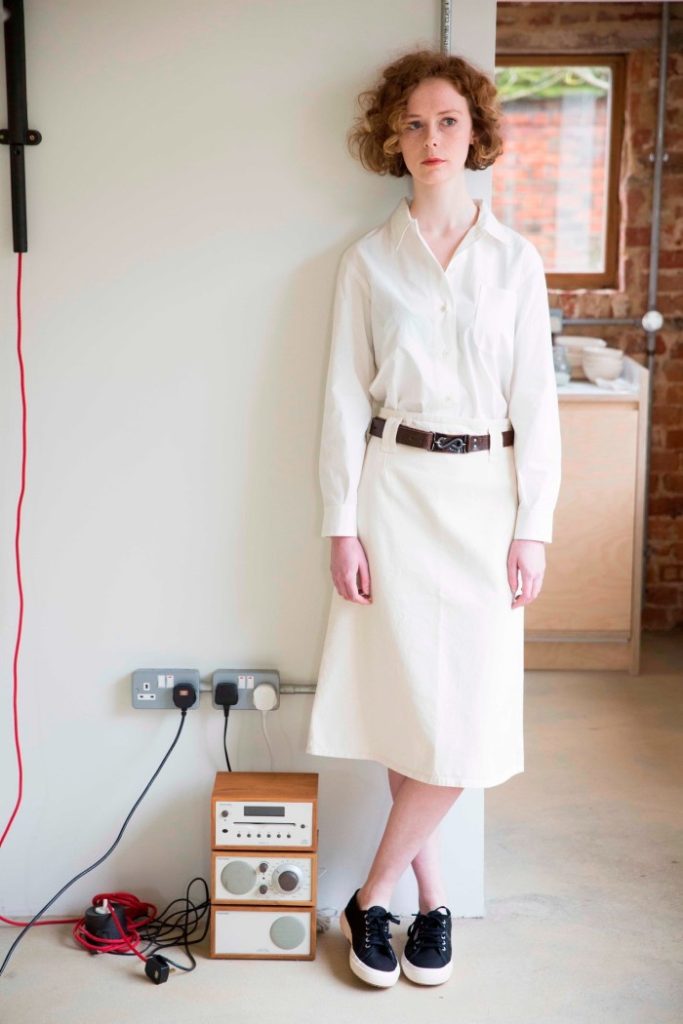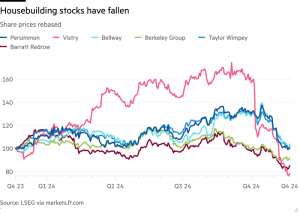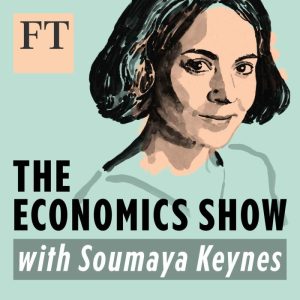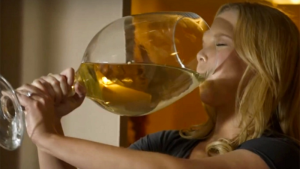The end of cult British brand Old Town

Some fashion designers go bust, others bow out gracefully, legacy intact. When Balenciaga closed his couture house in 1968, clients wept. When Helmut Lang and Dries Van Noten stepped down from their namesake labels, tributes gushed. All of those brands have carried on in various shapes and forms, but their DNA was forged by the founders.
There won’t be anyone to carry on the story of Old Town, the Norfolk-based, tailored workwear brand, which is in the process of winding down right now, much to its loyal customers’ distress. At the start of 2024, co-founder Marie Willey emailed details to 200 long-standing clients. The response overwhelmed her, and her partner in business and life Will Brown.
“We then had to stop taking orders, because it was getting ridiculous,” says Willey. “People were so upset. Some said they were trying to work out how many pairs of trousers they would need to order to see them through the rest of their lives. I was so moved, it made me literally cry, so we haven’t been talking about it publicly or on social media since.”


There’s been no financial disasters or shareholder skulduggery at Old Town, which has always been independent. The couple, who both recently turned 68, say they are simply exhausted after working in fashion for their whole careers. The first discussion about scaling back was at the end of last year, as their team of local seamstresses began to retire and they couldn’t find anyone skilled enough to replace them.
The first Old Town retail space opened in Norwich in 1992, then moved to Holt in 2000, and the last customer appointment was in October. “We don’t plan to fully retire,” says Willey. “We will still make a few pieces in our workshop at home to sell at Labour and Wait in London, but we can’t continue as we have done. Each piece takes so long to create. We make 70 to 80 garments a week. It’s not sustainable. We’ve talked to a few people about taking over the brand, but turning it into a business with factory manufacturing would be difficult, and it would have to be a different product.”
The handwork involved in Old Town production — the hiss of old-fashioned steam irons, the mechanical rhythm of a vintage buttonhole machine — is what has turned it into a cult. Everything is cut at the couple’s home studio and sewn by local makers at their own houses.
It is slow fashion, with quirky Festival of Britain meets Derek Jarman in Dungeness connotations. When Old Town first opened in Norwich, Willey remembers hearing someone outside the front door saying, “Oh, that’s the shop that sells prison clothes.” There’s a sense of humour woven into all their twill, drill, canvas, denim and rough wool, with certain garments given playful fictitious provenance, such as a jacket design that Brown once claimed was “an unfaithful copy of one found in a tool locker during the demolition of Stratford locomotive works”.

There are certain customers who will only wear Old Town. British fashion designer Giles Deacon adopted the label as part of his uniform years ago. “Their construction is so clever,” he tells me. “The cut nods to a time of grand functionality and simple beauty. It’s a culture. I remember the first time I spoke to Marie about having a suit made, and we talked for ages about The Smiths, beaches in Northumberland and khaki canvas.” To call Old Town “workwear” is reductive. It is tough and tailored but it’s more nuanced than everyday bleu de travail.
Claire Wilcox, former senior curator of fashion at the V&A and now professor in fashion curation at the London College of Fashion, points to the predominance of topstitching — a sewing style that is as visible as the cloth it pierces, necessitating a meticulous hand — as remarkable. “They don’t make life easy for themselves,” she says. “They are uncompromising. I wear their clothes all the time — black canvas skirts, indigo blue shirts, a haze-blue wool overcoat. They stand for quality and consideration. This can’t be goodbye!”
The Old Town journey has involved numerous detours. Despite their pared-back, ascetic modernism, Willey was once on the team at Lynne Franks, the supercharged PR who essentially founded London Fashion Week in the 1980s, while Brown’s past is rooted in the look of the city’s nightlife circa the same era. He launched his Modern Classics label, and accompanying boutique, in Shoreditch in the early part of that decade.
“There are some pieces from those early days going into the exhibition devoted to the Blitz nightclub at the Design Museum next September,” he tells me. After Modern Classics, he designed at Demob on Beak Street, which was a go-to for regulars at the Wag Club and other Soho clubs at the time. A jacket Brown designed with a chequered panel across the centre and sleeves was one of the defining looks of the decade. But he’d already made his mark on pop culture by creating clothes for David Bowie, including the coat the singer wears in the video for the 1979 track “DJ”.
There’s a thread that connects Brown’s Bowie days and Old Town’s most popular ensemble today — the Unity jacket and trousers, which when worn together look like coveralls, with a rounded collar on the shirt. “We were doing a lot of tweed, about 15 years ago,” says Willey. “It started to feel too nostalgic. Then we went to see the David Bowie exhibition at the V&A in 2013 and saw two boilersuits that Will had made for him back in the 1980s. That moment inspired the Unity suit. It’s become our bestseller — we have made hundreds of them — and it’s totally unisex.”


One of the most remarkable aspects of Old Town is the value for money that the garments bearing the label represent. This season, a set of mass-produced twill coveralls from Ralph Lauren sell for £655, while a rayon and polyester mix set from Yohji Yamamoto is more than £3,000. The Old Town Unity trousers and shirt in matching drill or denim have sold for £145 each. And the process of getting them has always been as appealing as the value for money. In one of the emails sent to Brown and Willey earlier this year, customer Jacqueline Woolf wrote: “I’ve always absolutely adored everything about Old Town . . . The way you have to wait for those five weeks while things are being made and then the excitement when the magical box turns up on your doorstep. People are finally beginning to wake up to sustainable ways of producing and appreciating quality over quantity, but there you were thirty-two years ago coming up with your radical concept of slow considered design and manufacturing.”
Whether the Unity designs will continue to be available as part of the scaled-back production to be sold by Labour and Wait remains to be seen. No new personal orders are being taken, and Willey says it will take until around May to fulfil the ones already placed. The couple are currently assembling all their old catalogues, and the series of Old Town newspapers they printed, as part of a presentation at the Bloomsbury Jamboree, organised by the Art Workers’ Guild in London on December 8.
It’s all as emotional for Brown and Willey as it is for the people who have supported them along the way. “I keep thinking about how long we’ve been here,” says Brown. “Thirty years is how long a Routemaster bus is designed to stay on the road. And we’ve been around longer. We have lasted a generation.”
Sign up for Fashion Matters, your weekly newsletter with the latest stories in style. Follow @financialtimesfashion on Instagram and subscribe to our podcast Life and Art wherever you listen
#cult #British #brand #Town




